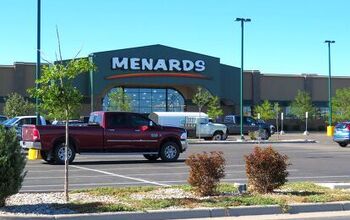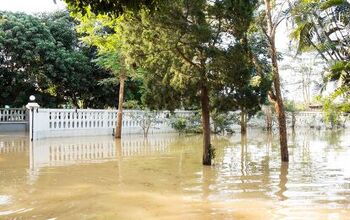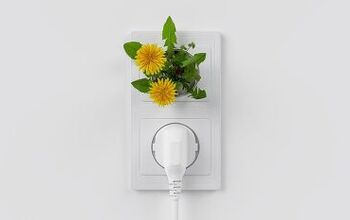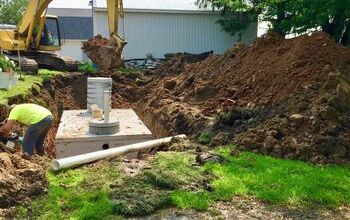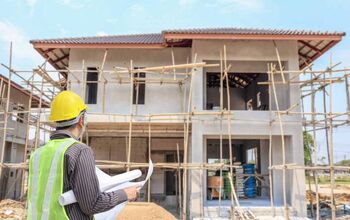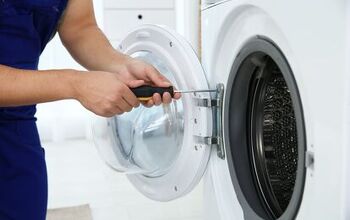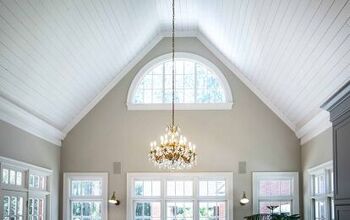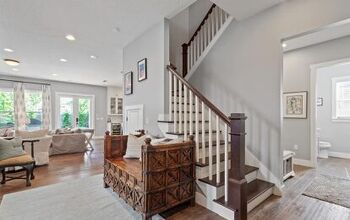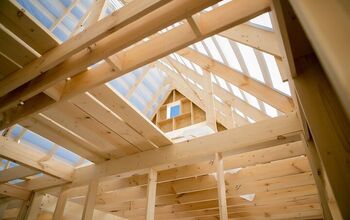What To Look Out For When Buying A Home In A Fire Zone

The size and severity of wildfires is on the rise, and climate change is only fanning the flames. With so many raging fires burning around the world each year, it’s no surprise that buying a home in a fire zone feels like an unavoidable risk you must take as a homeowner. While risky, there are some tips to help make buying a home in a fire zone safer.
When searching for a home that resides within a known wildfire zone, you must know the type of insurance you need to purchase and what it covers. Look for homes built with fire-resistant materials and outdoor features that mitigate fire risk. Consider the space between your home and your closest neighbor, research the history of wildfires in your municipality, and what has been done to mitigate future risk.
Wildfires can devastate entire communities, and destroy lives. No one wants to think about a wildfire reaching their doorstep, but it’s important to plan for the worst. If you are thinking about moving into an area prone to wildfires, you may wonder if there's anything you can do. While you can’t change the weather, there are several helpful tips listed below that can help you make the best and safest choice when buying property in a fire zone.
Should I Buy A Home If It’s Located In A Fire Zone?
Buying a home in a fire zone can feel like rolling dice in a casino. In places like California, it can feel like it’s only a matter of time before you see a hot orange glow heading your way. This can be enough to keep people away from high-risk fire zones forever.
The thing is, many highly desirable locations are prone to wildfires. Some of these areas do a lot to mitigate risk factors. So, while it might seem like a dangerous and potentially expensive gamble to move into a fire zone, there are ways to make this potentially disastrous scenario a safer one.
12 Tips To Remember When Buying A Home In A Fire Zone
1. Learn More About The History Of Wildfires In The Area
To have a better idea about wildfire risk in the future, it’s important to know the past. Before signing a lease or buying a home in a fire-prone area, you must learn about the history of fires in the area.
Wildfires can have historical patterns, especially the way in which they enter populated areas. Learning about how a fire has affected the area you’re moving into can help give you a better idea about the likelihood of a wildfire reaching your doorstep.
2. Have A Clear Understanding Of Insurance Requirements
One major factor you need to know inside and out before moving into a fire zone is fire insurance. You have likely heard of people losing everything they own, and insurance refusing to cover it.
If you live in an area that experiences wildfires, you should make sure you have fire insurance, and know what it covers. Read the policy carefully, and do your due diligence researching companies and policies before choosing the right one. This will also help you plan your total monthly living costs.
3. Consider The Distance Between You And Your Neighbor
Wildfires don’t usually start on your doorstep. Instead, they arrive from an adjacent property. You can do all sorts of things to mitigate the risk of fire on your property, but you can’t control what your neighbors do.
If you are looking at multiple properties in a fire-prone region, take the time to see how close your neighbors are. The further away your neighbors’ homes are, the bigger the buffer zone you have between your property and a wildfire.
4. Take A Closer Look At Landscaping
In addition to neighbors, you should look at what type of landscaping surrounds the home you're looking to purchase. Naturally, you want the least number of flammable items near your home as possible. This includes dry shrubs, trees, and wooden structures. Bare or wet landscaping is great for keeping wildfires at bay.
5. Have Your Inspector Take Look Closer At Building Materials
When you look at homes and find one you love, a home inspection is usually the next step. When you and your inspector take a look at the bones of the home, it’s a good idea to see what fire-resistant materials the home is made of.
Many areas have requirements for new construction like using fire-rated plywood and other fire-resistant building materials. This isn’t always the case with older homes. You want any home you are looking at within a high-risk fire zone to be made of fire-resistant materials.
6. Ensure There Are Safe Evacuation Routes
When you are considering a home in a high-risk fire zone, it's important to think about more than just the house. An essential part of staying safe during a wildfire is having multiple evacuation routes out of the house and the neighborhood.
Areas can become quickly engulfed in flames, and it’s easy for an exit to become blocked by the fire. Just as you want more than one route to the freeway, you want more than one out of the house.
7. Does The Home Have Any Current Fire Safety Features?
Nowadays, selling a home with added fire safety features can increase home value. Therefore it’s smart to look for these features when looking for a home in an area prone to wildfires. Sprinkler systems, advanced carbon monoxide detectors, specialty windows, and even intuitive landscaping can make a home safer and more desirable.
8. Take A Look At Fire Risk Maps In Your Area
If you are looking to move into a county that has the potential for wildfires, it’s important to remember that not all parts of the county are likely to have the same risk level. Due to the increase in severe fires, there are now more tools and risk maps available, especially in areas more prone to wildfires.
Take a look at these risk maps, and let them help narrow your search a bit as you try to find the best neighborhood to live in.
9. Learn More About Fire Safety Building Codes In The Area
Each fire disaster usually results in new laws, regulations, and building codes. These laws and codes, however, evolve at different speeds depending on where you live. As you look to move into an area with a higher wildfire risk than normal, find out what increased safety measures and building codes are in place.
After all, the more safety codes that exist throughout the community, the safer everyone is. Your home is sometimes only as safe as the least-protected building nearby.
10. Look At Many Homes In The Area And Choose Wisely
It’s common knowledge that a person should look at more than one property before making a final decision. When moving somewhere with a high risk of natural disaster, this becomes even more important.
Looking at many homes can help you choose one that fits all your normal criteria, and is also as safe as possible in the event of a wildfire. If you have the luxury of slowly looking for a home, have patience until you find somewhere you feel safe.
11. Consider A Pool And Other Fire-Mitigating Outdoor Features
In addition to landscaping (or the lack of it), take a closer look at the outdoor features of prospective homes. A pool and other water features, as well as concrete and stone patios rather than wood ones, are all lovely assets. They can also help keep wildfires at bay.
12. Ask About What The Municipality Does To Mitigate Fire Risk
Lastly, as you narrow your search to certain neighborhoods over others, take a moment to look deeper into the municipality. If there have been wildfires in this community before, see exactly what the municipality has done to reduce future risk. Additional community safety measures can go a long way in keeping the neighborhood free of fires.
Final Notes On What To Look For When Buying A Home In A Fire Zone
Moving into a region that is prone to wildfires can be scary, especially if you are buying a home. To help mitigate your risk, ensure you choose a reliable fire insurance policy and a home that uses fire-resistant materials. Research the history of wildfires in the area as well as current fire risk maps. Find out what your municipality has done to mitigate future fire risk, and ensure you consider the risk your yard and outdoor features pose.
Related Guides:
- 14 Ways To Prepare Your Home When Wildfires Are Close
- How Safe Is An Apartment During A Hurricane?
- Will A Fireproof Safe Survive When A House Burns Down?

Tom Gaffey is an expert writer who currently resides in Washington D.C. Tom has a passion for real estate and home improvement writing, as well as travel and lifestyle writing. He lived the last twelve years in Hawaii where he worked closely with luxury resorts and event planners, mastering his knowledge of aesthetics and luxury products. This is where he found his passion for home improvement and a keen interest in DIY projects. Currently, Tom resides in Washington D.C, and also working on his debut fiction novel.
More by Tom Gaffey
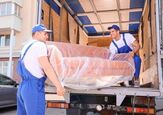

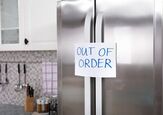







![10 Best Cordless Leaf Blowers – [2022 Reviews & Ultimate Guide]](https://cdn-fastly.upgradedhome.com/media/2023/07/31/9070789/10-best-cordless-leaf-blowers-2022-reviews-ultimate-guide.jpg?size=350x220)
